#road building
Photo

“The foothold created by prisoner-built roads in the Canal Zone enabled colonial officials, army engineers, and politicians in the United States to train their sights on a Pan-American Highway, which would run north-south from Alaska to Argentina. Convict road building in Panamá became part of the massively increased federal support for convict road building projects across states, territories, and colonies under US jurisdiction. Federal officials, meanwhile, pushed their modernizing agenda for prisons and roads at the convenings of international organizations like the Pan American Union (PAU) and the Pan American Prison Congress. The Pan-American Highway was shrouded in the rhetoric of hemispheric harmony, and PAU Director General L.S. Row described the “Good Roads Movement” as encapsulating “the very essence of true Pan-Americanism.”
E.W. James, chief of the inter-American regional office of the Public Roads Administration, promised the highway would open up great tracts of land and offer US motorists scenes of “exotic interest,” discovery, and adventure. Probably “no white man” has ever traveled between Central and South America overland, he wrote referring to the Darién Gap between Panamá and Columbia. He provided a list of voyages along portions of the highway, including that of Zone policeman 88, Harry A. Franck. At the 1915 Panama-Pacific World’s Fair in San Francisco, the US Office of Public Roads staged the most comprehensive road exhibit to date. By the end of World War II, the inter-American portion between the United States and Panamá included 1,557 miles of paved roadway, 930 miles of all-weather, 280 miles of dry-weather, and 567 miles of trails. “The last quarter century in the Western Hemisphere has been preeminently an era of road building,” James proudly concluded.
Forced transportation was central to the chattel mode of incarceration, along with degrading hard labor. Throughout the period of US canal construction, 1904–1914, police and prison officials routinely deported people from the Zone. Indeed, when he was appointed police chief, George Shanton saw it as his first order of business. Before he was even expressly granted expanded deportation powers, he gathered members of Teddy Roosevelt’s “Rough Riders” and other “American gunmen” to round up any “bad men” in the newly occupied territory.
“We went after them and some we found necessary to kill off but the great majority were gradually rounded up and placed in the stocks, later being put into bull-pens which we constructed,” he told the Boston Globe years later. “The next thing to do was to get them out of the country altogether,but we were in a position where we could not legally deport them. So we rounded up some old three masters […] and, bundling the birds all aboard, shot them off to the Islands thereabout.”
His nonchalance masked a more systematic process of targeted depopulation that combined Spanish-speaking Afro-Panamanians, French-speaking Martinicans, and English-speaking Jamaicans and Barbadians under the general category of “negro criminal,” who were then indiscriminately sent off to neighboring Caribbean islands. “With them out of the Zone,” Shanton wrote, “we were then in a position of refusing them entrance should they attempt to return.”
Canal Zone District Attorney William Jackson argued that the “great expense” the government had incurred by paying to transport some twenty thousand workers from Barbados and elsewhere in the West Indies “abundantly justified” expanded powers of deportation and judicial cost savings measures. The Canal Zone government paid the cost of deportation, he added, and rightly recouped the “enormous expense incident to jury trials.” As with other labor recruitment contracts, some officials worried they were skirting a line too near slavery. Responding to John Steven’s request to import more Chinese laborers, for instance, Secretary of War William Taft wrote, “peonage or coolieism, which shortly stated is slavery by debt, is as much in conflict with the Thirteenth Amendment of the Constitution as the usual form of slavery.” Others were less concerned. Despite apparent ambiguities in charting these degrees of unfreedom, they knew for certain that the Thirteenth Amendment’s convict clause provided that those convicted of a crime would become slaves of the state. Following a paradigm of patriarchal governance, Canal officials also assumed that other forms of dependent or coerced labor—of women, children, and colonial subjects—were part of the natural order of things. Evidently paying the passage of a small fraction of the total Canal Zone workforce had metaphorically, if not contractually, already indentured much wider segments of the population in the eyes of certain administrators.
...
The police and prison guards charged with implementing the forced labor program brought their own ideas about dependency, deviance, punishment, and work. Racialized labor control schemes had been vitally important to their jobs throughout the American empire. Zone policemen like Harry Franck and Robert Lamastus remarked that their fellow officers were mostly Southerners and almost all military men. Police Chief George Shanton, for instance, had served in the Rough Riders during the US wars in Puerto Rico and the Philippines. His successor had been a Confederate blockade runner, and the police chief after him was a former US Marshal in Indian Territory. When a police chase was on, wrote Harry Franck, everyone from the lieutenant down to the newest rookie would swarm out of the police station: “[T]he most apathetic of the force were girding up their loins with the adventurous fire of the old Moro-hunting days in their eyes, and all, some ahorse, more afoot, were dashing one by one out into the night and the jungle.” With this turn of phrase, Franck evoked the experience of colonial violence from fighting in the predominantly Muslim region of the Philippine archipelago to characterize the rush of tracking alleged outlaws in the Panamanian jungles as a kind of manly “adventure.”
Robert Lamastus, who was put in charge of working prisoners outside the penitentiary, exemplified many of these elements guards brought to the road gangs. With his family back in Kentucky, heavily indebted after the Civil War, he had gone fortune-seeking in the far reaches of the Northwest, joining the army in Alaska. He dreamed of striking it rich prospecting for gold or purchasing land to clear and cultivate. Yet his letters home made clear that he envisioned himself directing rather than performing hard physical labor; referring to farm work, for example, he exclaimed that there were “plenty of easier ways of making a living besides working like a slave for it.” Lamastus joined the police force in 1907 and was rapidly promoted. Within two years he was making $107.50 per month, five times what he earned when he first enlisted in the army, and the following year he received an additional $10 a month to serve as labor foreman over prisoners at Culebra. “We are building roads with them,” he wrote home, “I start work at 7 in the morning and I am through 5:30 in the evening.”
After successfully completing his road building assignments in the town of Empire, he was made Assistant Deputy Warden in charge of all outside work. “I was promoted on the 19th of Dec. my pay is $125 per mo.” he proudly wrote home. In addition to his salary, as Gold Roll employees, white police and prison officers like Robert Lamastus also received the full range of government benefits including paid housing, health care, and vacations. The racially segregated social and economic hierarchies he and his colleagues helped establish in the Canal Zone therefore ensured that white American men, as a group, would stand to gain the most from the incarceration and forced labor of Zone inhabitants deemed criminals.
The Canal Zone governors, wardens, police, and prison guards who implemented the prison labor program drew on techniques of labor extraction and domination that had characterized the American expansion under slavery, settler colonialism, and war-making. While they were not all members of the ex-Confederate diaspora who sought to spread white supremacy across the Caribbean to Brazil, or across the Pacific to Hawaii, Fiji, and Australia, most shared lived experiences of slavery and colonial violence. They also shared a vision of patriarchal mastery and racial hierarchy in which white men assumed themselves to be the head, performing mental and skilled labor, and racialized others to be the body, performing unskilled, physically demanding, menial labor. Their vision of white settler-colonial agricultural development depended on roads being built throughout the Zone and across Panamá. It also provided prison administrators and guards a unique avenue of upward social mobility. After a career commanding prison labor in the Canal Zone and directing the Panamanian island prison colony at Coiba, for example, Robert Lamastus went on to set up coffee plantations in Boquete, Chiriqui, that have remained in his family to this day.”
- Benjamin D. Weber, “The Strange Career of the Convict Clause: US Prison Imperialism in the Panamá Canal Zone,” International Labor and Working-Class History No. 96, Fall 2019, p. 88-90, 91-92.
Image at top is: “Road Making by Convicts” from Willis J. Abott, PANAMA And the Canal IN PICTURE AND PROSE. New York: Syndicate Publishing Company, 1913. p. 352.
#panama canal#canal zone#thirteenth amendment#convict clause#convict labour#american prison system#american empire#u.s. imperialism#penal labour#slavery by another name#settler colonialism#road building#road work#prison camp#good roads movement#bad boys make good roads#academic quote#academic research#history of crime and punishment#united states history#prison guards#racism in america#shoveling out the unwanted
29 notes
·
View notes
Text
Putting new road with Skidsteer
youtube
#ReefDVMs#RMSpeltz Farm#skid steer#john deere#john deere skid steer#325 g skid steer#325g john deere#tracked skidsteer#road building#skid steer road#road way making#road base#soil conservation#skid steer riding#farm road#dirt road#dirt road repair#skid steer hauling dirt#property maintenance#best skid steer#ditch digging#driveway#325 john deere skid steer#farming#Youtube
0 notes
Text
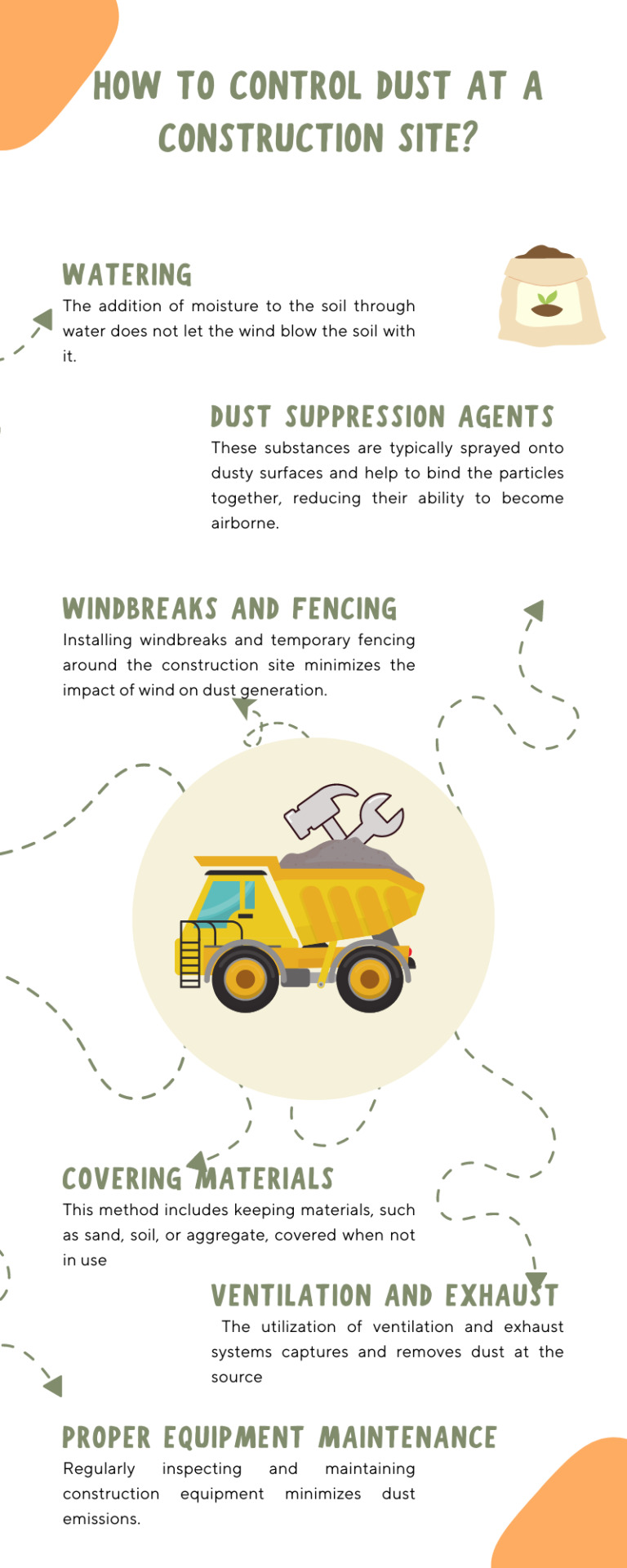
Dust control is quite crucial during construction for best results and lets no harm to the people.
0 notes
Text



The healing and lasting love of a mom
#for Mother's Day 2023#camila noceda#hunter noceda#toh hunter#older hunter#toh waffles#the owl house#toh edits#loz's edits#loz's art#he's her lil' wolf cub forever#in the last pic he's fetching her to go for dinner at Dell and Gwen's house#like listen: she would've played a huge role in his recovery. after the Collector Palace scene he would've sunk into the darkest depression#in the weeks and many months to follow#she'd check his therapy progress. accompany him to therapy at times and fetch him from therapy too#he needed her warmth and guiding light as foundational building blocks. to be who he was after the timeskip#they'd both always remember that night where he drowned and she pulled him out of the water#she'd make sure he had the best possible Grom Night#and he'd be eternally grateful. they'd also work together throughout the years to follow since her expertise and his can overlap nicely#he keeps visiting the Human Realm now and then. to have movie nights..dinners..road trips etc with her and Luz and Vee#1k#2k#3k#4k#5k#8k#9k#10k#15k#20k
21K notes
·
View notes
Text

littlest furth shop
@laikascomet
#i think i had a little too much fun with this lol#i also wanted to draw road boy and other characters but maybe when they actually get introduced#i do have a sketch of him with a lil chainsaw.. im not gonna be normal when he gets introduced man he looks so sillygoofy#if you squint laika's eye marking is a clover yue's is a crescent moon and mars' is a star ^_^#i wanted to give laika an accessory too but i couldnt think of anything.. maybe a stack of pancakes??#im curious to see the apocalypse side of the story too.. like so far we have an idea of the comet fucking everything up#and im assuming that lead to a ripple effect causing the apocalypse but exactly how bad?? i cant wait to find out#rn im kinda piecing stuff together.. larkspur delivers mail in a beat up van so that might mean all transportation is grounded#the buildings we've seen so far are intact like the observatory and turnip's house but idk if thats the same for big cities#laikas playlist only includes songs downloaded on yue's computer and there hasnt been internet in 20 years.. but radio signals might#still work.. if yue grows his own food we can assume that mass production and distribution also isnt a thing anymore#sorry im a sucker for worldbuilding.. and the furth puns are fun to me. i like to think toronto would be clawronto.. and vancouver wld#be nyancouver.. barktic circle.. mewfoundland and labrador.. canyada....#christ i have so many drawing ideas. willow if youre reading this im so sorry youre probably gonna expect to see a lot of drawings frm me#like. i wanna draw laika in the akira bike pose so sosososo bad. IT WOULD BE SO AWESOMECOOL. ill teach myself to draw bikes if i have to#i also wanted to animate laika leekspin.. man#my art#myart#fanart#laika's comet#laikas comet#laika#mars#yue#furry art#fur#littlest pet shop#lps
2K notes
·
View notes
Note
New road sign just dropped (courtesy of my unconscious mind)

this is a road sign that i would extend my commute to drive by
#very jenny holzeresque i like it#i appreciate that you could interpret it from multiple angles as well. it could be an interrogation of hypervigilance.#or a call to pay attention to your surroundings and take better care of yourself.#or a reminder that you bear a shared responsibility to build a safer community.#or just a mildly unsettling road sign!
833 notes
·
View notes
Text


Garden Mews, Henford 🌼
#mews is a funny word but it means a row of attached houses that cover an entire road!#farfallasims#henford*#sims 4 interior#ts4 interior#sims 4 build#the sims#the sims 4#sims#sims 4 screenshots#sims 4 maxis match#the sims community#ts4 simblr#sims 4#ts4 build#sims build#the sims 4 build#thesims4#sims4#the sims4#simblr#sims 4 simblr#showusyoursims
509 notes
·
View notes
Text

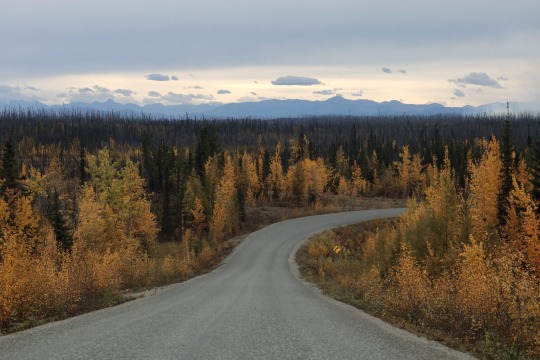



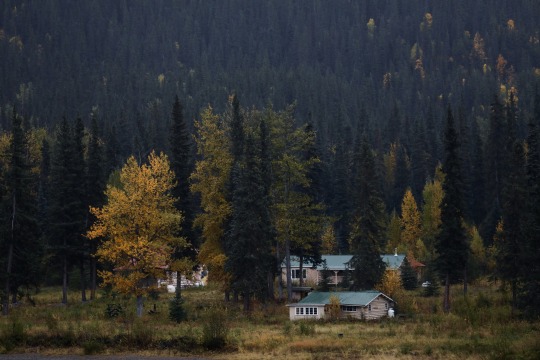

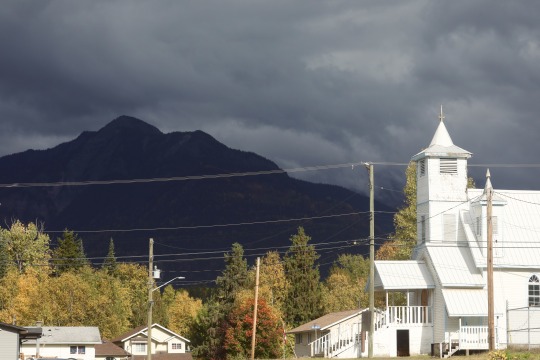

Fall on the Stewart-Cassiar Highway, through British Columbia
Taken September 2023
#autumn leaves#british columbia#canada#lonely roads#highways#churches#mountains#ruffed grouse#bears#black bear#abandoned buildings#my places#my photos
737 notes
·
View notes
Text
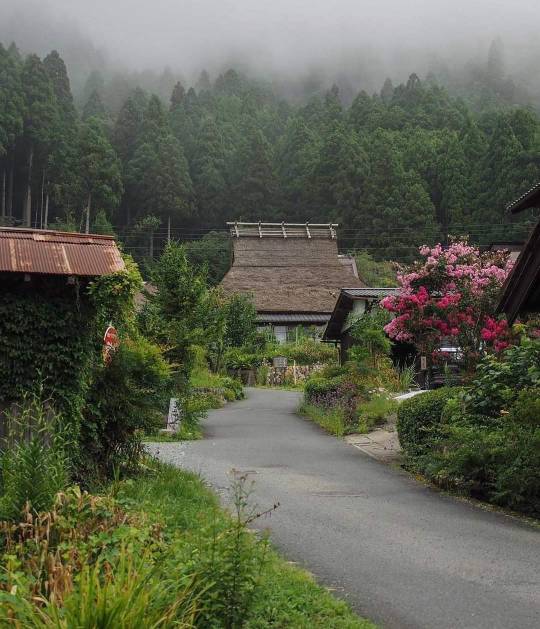
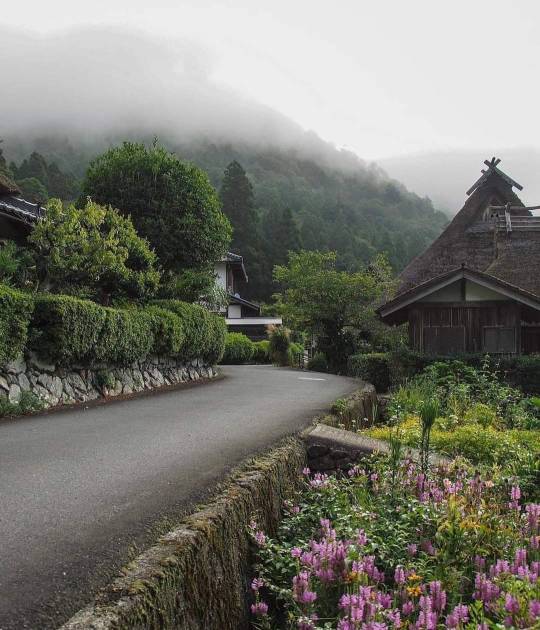
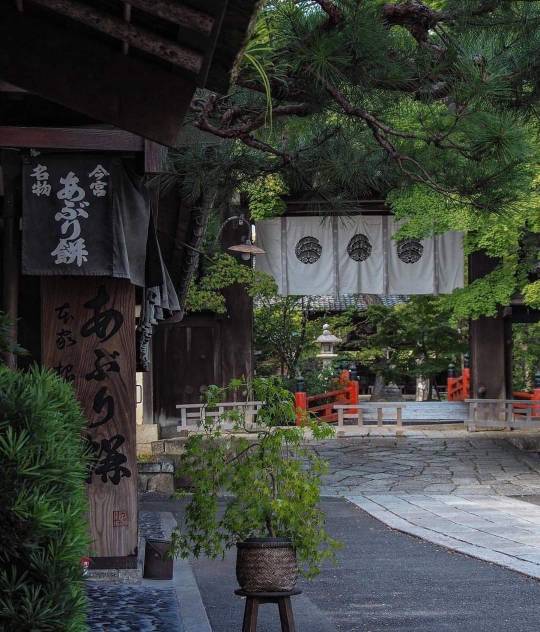
Some Japan loving.
273 notes
·
View notes
Text

"ADVOCATED WOOD BLOCK PAVEMENTS," Kingston Daily Standard. December 17, 1913. Page 8.
---
Paving Expert Addressed Board of Trade.
---
H. L. Collier, of St. Louis, Mo., Presented Some Strong Arguments Last Night.
----
The members of the Board of Trade at last night's meeting were favored with an excellent address on the paving question by a well-known expert. Mr. H. L. Collier of St. Louis, Mo., who has had a large experience on the paving question, both in connection with. the United States government and in private capacities with a number of large American firms and cities in the Republic.
Mr. Collier went into his life work in regard to the question of street paying, which, he said, was attracting great attention in all the cities of the world. He gave a large number of statistics regarding wood block pavements, and claimed that their superiority could not be overestimated. The advantages of their use for paving he summed up as follows: Resistance to wear, dustlessness, noiselessness, non storing and non-radiating of heat, and ease of cleaning. These advantages would commend them to general use.
The lecture was listened to with great attention and at its close a number of questions were asked by members.
In answer to Mr. J. M. Campbell, Mr. Collier stated that wood blocks would stay down against a "T" rail as long as any other type, provided they were put down properly.
Ald Fair also asked where there had been success obtained with the blocks against a "T" rail, and in reply Mr. Collier instanced a number of cities in the Southern States, where they had been used.
A vote of thanks was tendered Mr. Collier for his able and instructive address.
#kingston ontario#road work#street paving#1912-1913 kingston street paving#asphalt mixing#infrastructure construction#road building#rule of the experts#public meeting#southern states#board of trade#small business ideology
1 note
·
View note
Text
ठेक्का लागेको तीन वर्षपछि
म्याग्दी सदरमुकामस्थित बेनी नगरपालिका–७ मङ्गलाघाटमा सडक कालोपत्र गरिएको छ । मङ्गलाघाटदेखि हाडेभिर हुँदै बगरफाँट जोड्ने एक हजार ४०० मिटर लामो सडक कालोपत्र गर्न तीन वर्ष लागेको हो ।
म्याग्दी सदरमुकामस्थित बेनी नगरपालिका–७ मङ्गलाघाटमा सडक कालोपत्र गरिएको छ । मङ्गलाघाटदेखि हाडेभिर हुँदै बगरफाँट जोड्ने एक हजार ४०० मिटर लामो सडक कालोपत्र गर्न तीन वर्ष लागेको हो ।
मङ्गलाघाटमा आक्सफाल्ट प्रविधिको कालोपत्र गरेको निर्माण कम्पनीले हाँडेभिरदेखि बगरफाँटतर्फ जोड्ने सडक कालोपत्र गर्न बेस र सब बेस राखेको छ । सघन सहरी विकास डिभिजन कार्यालय बागलुङले सञ्चालन गरेको उक्त योजना देव एण्ड…

View On WordPress
0 notes
Text

(by Lena Polishko)
#vertical#landscape#x#a#watsf#curators on tumblr#Lena Polishko#Visby#Sweden#Gotland#leaf#hand#autumn#fall#city#buildings#road
490 notes
·
View notes
Text

Brasa works as an excitable rickshaw driver.
#art#animals#anthro#wolf#canine#rickshaw#city#buildings#roads#environment#leopard#rhino#bicycle#horse#simon
1K notes
·
View notes
Text









101 Road to Nowhere
my ts4 version of the ts2 smith house (:
Lot Type: Residential
Size: 30x20
Price: 94,600
Packs
Horse Ranch, Growing Together, High School Years, Discover University, Island Living, Seasons, Cats & Dogs, City Living, Get Together, Get to Work, Strangerville, Jungle Adventure, Parenthood, Tiny Living, My First Pet, Backyard, Kids Room, Cool Kitchen, Perfect Patio, Book Nook
Download
Gallery ID JenXsims or trayfiles (sfs)
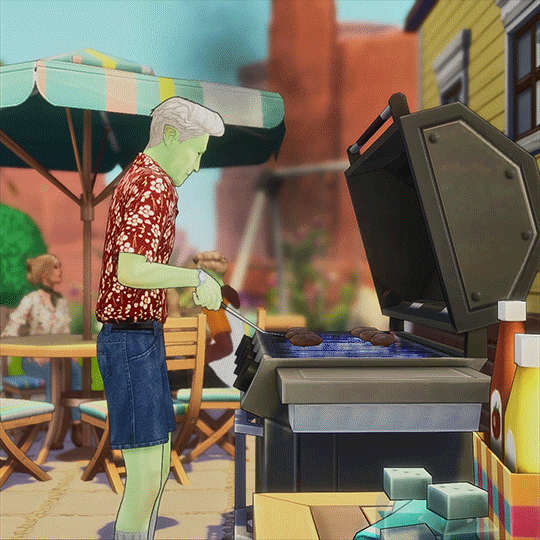

#ts4#strangerville#ts4 lots#ts4 residential#my builds#ts2 to ts4#strangetown#101 road to nowhere#the smith family#simblr#x
258 notes
·
View notes
